Sea Mammals
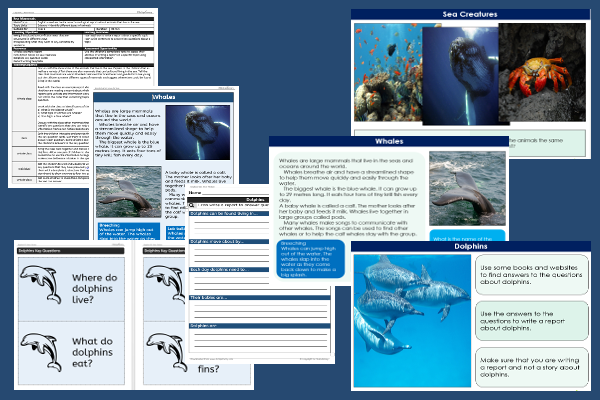
This English teaching pack for Key Stage One gets the children to practise composing and presenting non-chronological reports to describe some of the special animals that live in a marine habitat around the world.
The class can research and record facts and information to answer key questions about a specific sea mammal to use when structuring their reports for an information text.
Download this teaching pack including a lesson plan, classroom activities and an interactive presentation to practise composing and presenting non-chronological reports to describe some of the special animals that live in a marine habitat around the world
Activities in this teaching pack include a shared reading text to explain how to structure and format a non-chronological report about a sea mammal, a set of cards to collect and record information to answer key questions about a type of animal and a template to structure and write a non-chronological report that presents information about a type of sea mammal.
The interactive presentation gets the children to explore how to write non-chronological reports to describe some of the animals that live in the sea.
This lesson is part of an English scheme of work to get the children to practise researching and recording facts and information to answer key questions about different animals that live in habitats around the world to use when composing non-chronological reports. There are teaching activities for shared learning, differentiated worksheets to support independent learning and interactive presentations to introduce concepts and key skills.
-
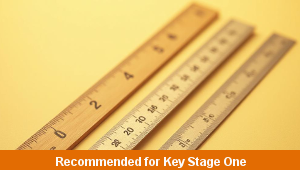
Maths Measurement Assessment
Assess abilities in estimating, measuring and comparing a range of different measurements for length, mass and capacity
-
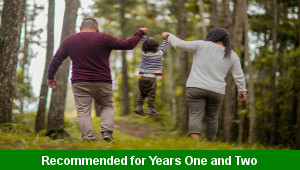
Family Life
Investigate and reflect on some of the special events and experiences that might happen in the life of a family
-
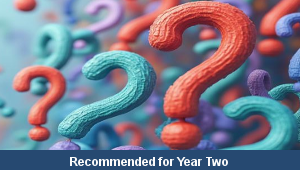
Final Sounds Word Guess
Practise playing some guessing and matching games to identify the spelling and meaning of words with different final sounds
-
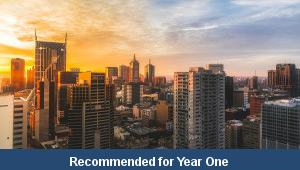
Building Reports
Explore how to collect facts and information to work with when composing and presenting non-chronological reports about buildings that can be found in the local area
